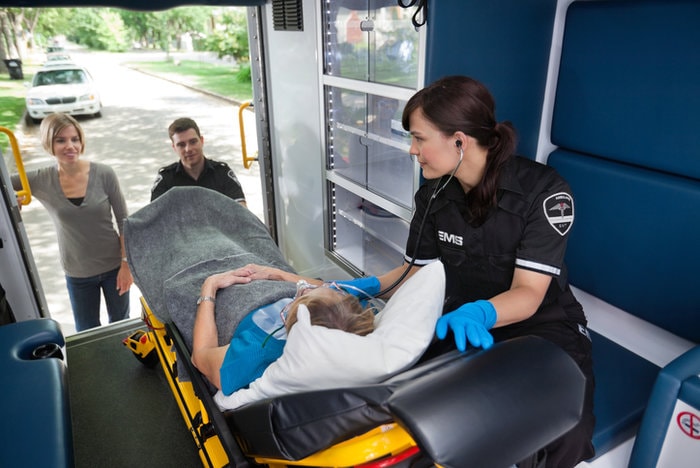
Individuals with special needs make up an increasing proportion of outpatient populations. Better equipment, more effective medications, and the rising cost of medical facilities mean more special needs individuals are being cared for at home by family, friends, and home health personnel.
This means you, as an EMS professional, will run into such patients with greater regularity.
Treating special needs individuals requires a delicate approach. You must tailor your approach to ensure their comfort while still addressing their medical complaints. Some patients may not be able to relay information concerning their medical issues. Engaging family, friends, and caregivers will assist in your assessment, as they can provide pertinent information and a thorough medical history, which are fundamental when deciding on a treatment plan.
When it comes to using portable suction machines for special needs patients, there are a few extra steps that may be required. Below, we'll discuss various types of special needs patients and the best approach when initiating suction.
Types of Disabilities
The Centers for Disease Control and Prevention (CDC) defines a disability as any condition of the body or mind that makes it more difficult for the person with the condition to do certain activities and interact with the world.
Disabilities can affect different aspects of an individual’s physical and mental abilities, including:
- Vision
- Movement
- Thinking
- Remembering
- Learning
- Communicating
- Hearing
- Mental health
- Social relationships
The World Health Organization's dimensions of disabilities list is also used by the CDC and includes:
- Impairment in a person’s body structure or function, or mental functioning; examples of impairments include loss of a limb, loss of vision, or memory loss.
- Activity limitations, such as difficulty seeing, hearing, walking, or problem-solving.
- Participation restrictions in normal daily activities, such as working, engaging in social and recreational activities, and obtaining health care and preventive services.
Suction and the Special Needs Patient
There are a variety of reasons for suctioning a patient with special needs, but the primary reason is the same as for any patient: to avoid hypoxia by maintaining airway patency. Here are some signs and symptoms that may indicate your patient requires suction:
- Difficulty breathing
- Nasal flaring
- Use of accessory muscles
- Patient positioning
- Abnormal respiratory pattern
- Obstruction—determine the nature of the obstruction
- Partial—Allowing reduced airflow
- Complete—Total cessation of breathing
- Excessive secretions
- Saliva/phlegm
- Blood
- Vomit
Special Suction Considerations
Depending on the type of disability, you must approach each patient with careful consideration. It may help to have a family member or someone familiar with the patient assist in calming the patient.
This is especially true of autistic patients, who may become severely agitated around strangers. Family members and caregivers will know the best approach to take since they are familiar with the patient’s temperament.
If the patient is blind, deaf, or both, be sure to communicate before you initiate suction to prevent added anxiety. Also, use the appropriate-sized catheter, along with the appropriate pressure, when suctioning patients with oral or nasal malformations to prevent damaging delicate tissues.
Suctioning a Stoma
Many special needs patients require a permanent airway adjunct, such as a stoma. The technique for suctioning a stoma is similar to that for suctioning the endotracheal tube. Here are the steps involved:
- Prepare and assemble your equipment, including a flexible French catheter.
- Use sterile technique when handling the catheter.
- Lubricate the suction catheter.
- Preoxygenate the patient when assisting with ventilations.
- Insert the catheter into the stoma until the patient coughs.
- Apply suction while rotating the catheter as you slowly withdraw it from the airway.
- Monitor the patient’s vital signs, and reassess regularly.
Treating patients with special needs can be challenging. And suctioning these patients may require a tailored approach. Include the caregiver in your decision-making process since he or she will have valuable information concerning the patient’s chief complaint, the patient’s history, and the best way to communicate.
Editor's Note: This blog was originally published in December 2017. It has been re-published with additional up to date content.

















